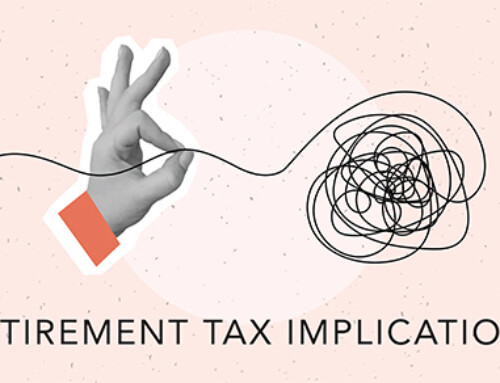Originally printed online by the Journal of Accountancy October 1, 2013
By Alistair M. Nevius, J.D.
The failure of Congress to agree on a continuing spending resolution on Monday led to the first federal government shutdown since 1995–1996. The shutdown involves a large number of federal government functions, including many affecting taxpayers and tax practitioners. As this item was posted, it was not clear how long the shutdown would continue.
Here is a look at the status of IRS and other government functions during the shutdown:
What remains open?
The IRS will continue to process tax returns that contain remittances and all e-filed returns. The IRS has not announced the postponement of any return filing deadlines, such as the Oct. 15 deadline for individual tax returns on extension.
Update, 2:30 PM EDT: While the IRS contingency plan excepts employees in the Information Technology Services Enterprise Operations to ensure “refunds continue to process” and says that “Without this support, . . . refunds to America’s taxpayers would not occur,” the IRS’s Oct. 1 description of operations during the shutdown says that, “Tax refunds will not be issued until normal government operations resume.”
Preparations for next filing season, such as design and printing of tax forms and the completion and testing of filing-related computer programs, will also continue.
During the shutdown, the IRS will take steps to protect ongoing bankruptcy, lien, and seizure cases and to prevent lapses in the statute of limitation.
The IRS website (irs.gov) will stay up, with a skeleton staff of six to maintain it. This staff will focus on ensuring the site stays up, that emergency messages are posted, and changes can be made. It is not clear if any new content will be posted to the site.
IRS criminal law enforcement and undercover operations will continue.
While the IRS says legal counsel functions are not excepted from the shutdown, the personnel in the Office of Chief Counsel are excepted. The Office of Chief Counsel’s primary responsibility during the shutdown is managing litigation and the time-sensitive filing of motions, briefs, answers, and other pleadings related to the protection of the government’s material interests.
The federal judiciary has announced that federal courts will remain open for approximately 10 business days. All scheduled proceedings and deadlines remain in effect, and the electronic case management system will stay in operation. Around Oct. 15, the federal judiciary will reassess its situation and determine whether courts can stay open. If the federal courts do shut down, the IRS Chief Counsel personnel would be placed on nonduty status.
Forty-five employees of the National Taxpayer Advocate Service will remain on the job. They have been identified as necessary for ensuring that statutory deadlines are met.
The government will continue to mail out Social Security checks, since they are funded out of an indefinite appropriation. IRS employees who support this function will continue to work during the shutdown (even though their salaries are paid by annual appropriations).
The U.S. Postal Service will continue to function during the shutdown because it acts as an independent agency and is not funded by the federal government.
What is closed?
The shutdown brings a stop to all IRS taxpayer services, such as responding to taxpayer inquiries.
During the shutdown, all IRS audits and examinations will stop. All nonautomated collection activity will also stop.
The IRS will not process paper returns that do not contain remittances.
All IRS headquarters and administrative functions will shut down (although the commissioner will not be furloughed).
The IRS will enter into no new contracts and will not issue any purchase orders during the shutdown.
The Office of Professional Responsibility will be closed. However, the Return Preparer Office, which oversees the IRS’s return preparer regulation program that has been enjoined by a federal court, will remain open because it is funded by user fees.
Approximately 86,000 IRS employees will be furloughed, that is, placed “in a temporary status without duties and pay because of lack of work or funds or other nondisciplinary reasons” (5 C.F.R. §752.402).
The IRS’s contingency plan covers the first five business days of the shutdown (i.e., through next Monday). After that, if the shutdown continues, the IRS deputy commissioner for operations support will assess what needs to be done.





